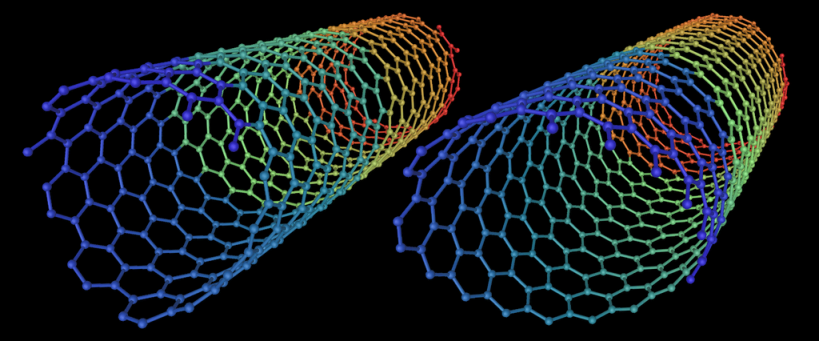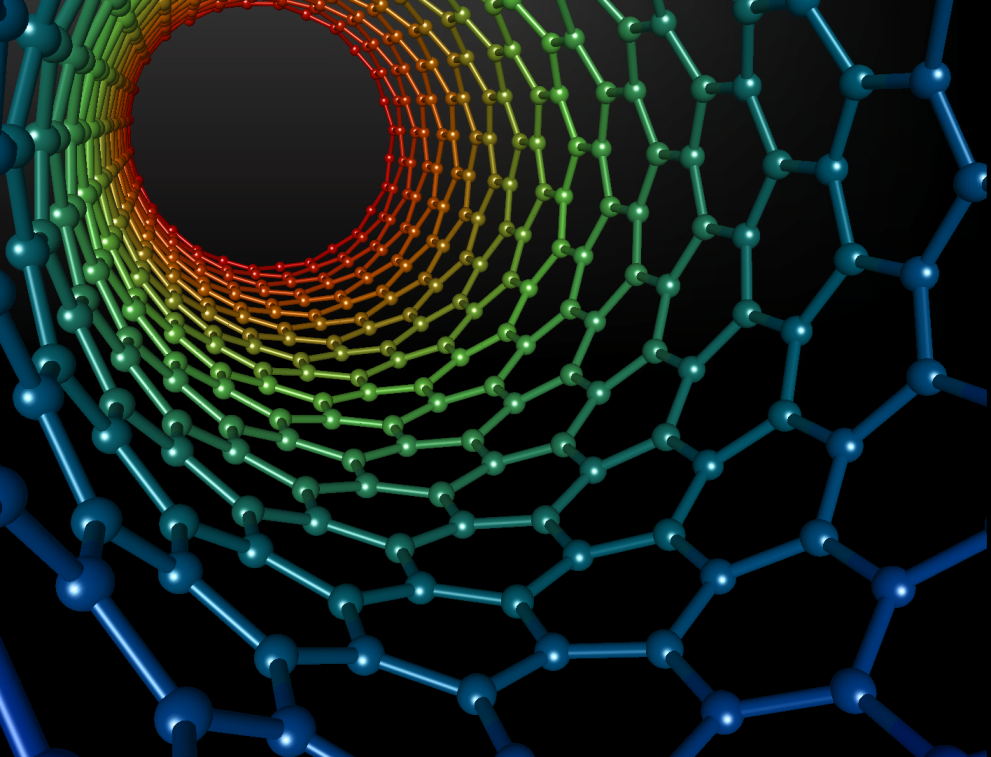This article was first published on The Times of Israel and was re-posted with permission.
It could have taken researchers at Tel Aviv University and Tsinghua University 37,000 years to figure out how carbon nanotubes help filter out impurities from flowing water. But thanks to a crowdsourced computer platform, in which tens of thousands of computer users around the world contributed their processing power, the process was cut down to about a year.
“Crowdsourced computing is playing an increasingly major role in scientific breakthroughs,” said Prof. Michael Urbakh, one of the chief researchers on the project. “As our research shows, the range of questions that can benefit from public participation is growing all the time.”
SEE ALSO: Will Computers And Humans Make Decisions Together?

Carbon nanotubes are tubular cylinders of carbon atoms that have extraordinary mechanical, electrical, optical and chemical properties
The program, which ran from late 2013 through August 2014, was a joint effort of researchers at Tsinghua University at Tel Aviv University, at the TAU-Tsinghua XIN Center, a joint research institute established by the universities in 2010. The study was led by Prof. Quanshui Zheng of the Tsinghua Center for Nano and Micro Mechanics and Prof. Urbakh of the TAU School of Chemistry at the Raymond & Beverly Sackler Faculty of Exact Sciences. The results of the study were published in the journal Nature Nanotechnology.
SEE ALSO: Fruit Flies Inspire Scientists to Optimize Computer Networks
Crowdsourced computing, also known as distributed computing, has in recent years been used for everything from analyzing the elements of asteroids to improving climate prediction to analyzing biological processes in order to discover new cures for diseases.
Sign up for our free weekly newsletter
SubscribeIn a crowdsourced computing model, participants download an agent which, when installed in their computer, “forwards” excess processing capacity to an online project, providing processing power to analyze formulas or computations. The project processing does not interfere with work being done on a participant’s computer; the agent is designed only to utilize inactive processing power, with project analysis automatically suspended when a user needs their computer for their own purposes.
The research was based on observations of how water interacts with nanotubes. The project examined the effects of minute vibrations of carbon nanotubes called “phonons,” which, researchers believe, greatly enhance the diffusion of water through sanitation filters. The technology could be used to lower the cost of water purification, as well as to determine more efficient ways of delivering drugs in the bloodstream using nanotechnology.
To continue reading this article on the TOI site, click here.
Photos: Mstroeck, Simetrical
Related posts

Editors’ & Readers’ Choice: 10 Favorite NoCamels Articles

Forward Facing: What Does The Future Hold For Israeli High-Tech?

Impact Innovation: Israeli Startups That Could Shape Our Future





Facebook comments